
Advertisement

Caroline Conran
Food writer
https://www.marshwoodvale.com/features/2013/04/caroline-conran/Most popular
Features & Stories

Caroline's favorite cookbooks

A Book of Middle Eastern Food
Like a genie out of a bottle, a whole culture, perfumed, aromatic, deep and complex, emerged from this book when we first opened its pages. We suddenly changed from good old roasts to kitchens piled with pine nuts, pistachios and almonds, with saffron, apricots, sumach and preserved lemons. And it all works - yes, you really can make a spit and roast a whole lamb on it and learn the origins of the Méchoui at the same time - that is definitely the spirit I want in a cookery book.

Honey from a Weed
This is the beautiful story of finding that less is more, of an extreme existence as near to the essential as possible. Patience Gray and her sculptor husband are doing what so many of us have fantasized about, living off the land, close to the soil (or in their case Tuscan rocks), surrounded by wild herbs, free of all the things we complain about in modern life - Water with chemicals! Traffic! Pollution! Out of season tomatoes! It is a beguiling read and it has a strong flow that pulls you in. The recipes are usually for the most meagre of treats, but we are convinced of their excellence, and of the author’s integrity.
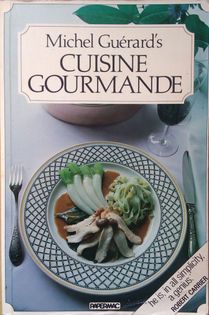
Cuisine Gourmande
Michel Guérard has been accused, along with the Troisgros Frères, of ruining French cuisine with his initiation of the Nouvelle Cuisine. However a study of this book of his signature dishes will show that what he actually did was to clear out the attic of classic French cooking and the basement as well. He lightened and reinvigorated the stocks and sauces, he concentrated on fresh ingredients, he advocated simplicity and he had fun; his recipes are never outlandish, always balanced and refined. As a young apprentice he, like all commis chefs, suffered from harsh discipline. As soon as he had his own restaurant, he banished the hidden chef in a dark basement, and encouraged, as he describes in the book, camaraderie, respect, laughter and creativity in the kitchen.

Made in Italy: Food and Stories
At last an Italian cookbook that has the heartbeat of Italy - Georgio Locatelli, like a surgeon, travels deep into the essential core of Italian food and cooking - revealing more and more its love of spareness, simplicity and the importance of perfect ingredients. I think this is a book that can be used by both chefs and cooks, and is especially for those of us who will travel miles to get the right kind of mozarella.
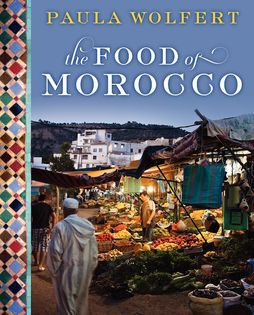
The Food of Morocco
Of all her books, this is the one closest to the writer’s heart. She loves the people, the aromatic ingredients, the humming markets and the slow pace, and she worships the tagine, and is totally convincing when she tells us how to use this timeless clay-pot - to the point that one cannot wait to get the dusty thing off the top of the refrigerator, clean it up and start cooking a chicken with some olives and preserved lemons (home made of course). It is a huge and detailed work, and a brilliant one based on fifty years of travelling around the towns and villages of Morocco and finding out about the local food. It is her masterwork.
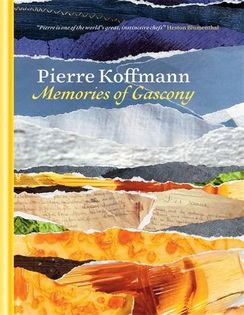
Memories of Gascony
Pierre Koffman was trained as a chef, and he ran a brilliant restaurant in London, La Tante Claire, this is his hymn of praise to French country cooking. It is extremely rare for a starred chef to understand anything much about home-cooks and home-cooking. But here he blesses us with recipes from his grandparents’ farm, literally la cuisine de grand-mère - dishes that we can make in our own kitchens, authentic and grounded. It is also a memoir and a record of a vanishing way of life, the way of the peasant farmers of South West France, one that had its own rhythm, relied on fresh seasonal produce from the farm, game, wild mushrooms, snails and on making the most of everything.
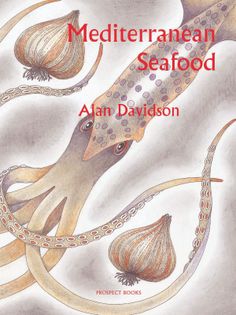
Mediterranean Seafood
For the curious, food-loving mind, this book has everything. It tells you the names of every Mediterranean fish and sea creature in seven languages; it shows you what they look like; it tells you how to recognise them and tell them apart; under the heading of ‘Remarks’, it outlines any interesting history, folk lore or facts adhering to them (did you know that Fan Mussels were spun and woven into a fabric from which gloves and stockings with a golden lustre were made?) and then it tells you how to cook them.
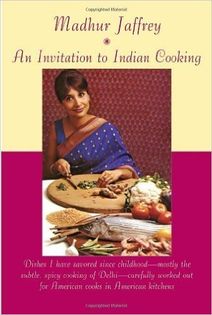
An Invitation to Indian Cooking
Glamorous actress Madhur Jaffrey brought Indian cooking to our tables. Until she came along, all most of us Westerners knew about was Anglo Indian curry made with curry powder and rather heavy Indian restaurant food. Then the revelation came; blend ginger, garlic and onions, crush some toasted spices, chop some herbs, take a spoonful of yoghurt - she taught us how to make fresh, tantalising, delicate dishes of great sophistication. She also taught us to respect Indian cooking and cooks - this food is complex and labour-intensive, but worth it.

Bistro Cooking
More than twenty five years ago Patricia Wells winkled out and recorded the star dishes of her favourite small family and regional restaurants all over France, from Paris, to Alsace, to Provence, to the Atlantic coast; it is just as well she did so, as today, in our corporate world of restaurant chains, fast food, economies of scale, branding and PR, and burdened with France's massive social security costs for every chef and waiter, they are struggling to survive. This friendly little book, a reminder of a vanishing world of cosy bistros, is packed with heart-warming, rustic dishes. I find it comes to hand every time I look at a fresh fish, some vegetables or a piece of meat and need inspiration, and it is also a great antidote to the treacherous thought that French food is fussy, over refined and complicated; everything here is robust, simple and honest.
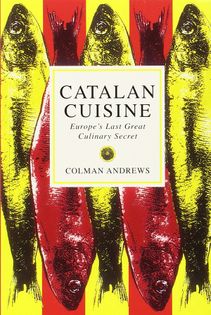
Catalan Cuisine
A man in love with his subject, Colman Andrews tells us in poetic and witty prose, everything that he knows, from the colour of chopped onions after frying (strange and mysterious as the brushstrokes of Titian), how to cook prawns in sea water and the proper ingredients of an authentic aioli. We learn about strange combinations of sweet and salty or sweet and sour, and how to cook tripe, testacles, ears, feet and heads. I admire his dogged determination to gather all the most enthralling facts about each dish; he then piles up the information and sets it ablaze.
Advertisement
